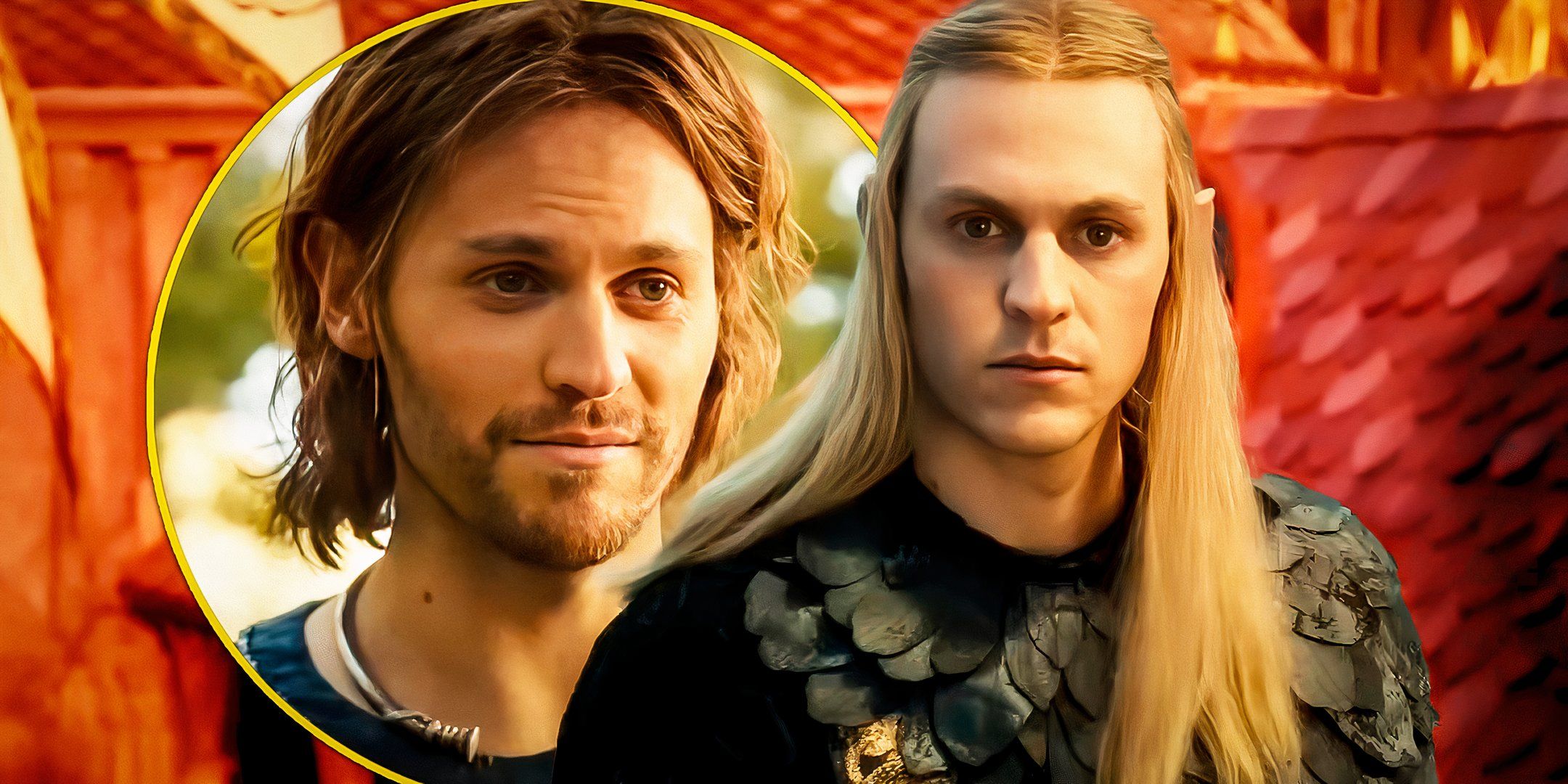
Tolkien gets a little more descriptive about Sauron’s appearance in Middle-earth’s Second Age, which provides the setting for Amazon’s The Rings of Power TV series. In canon, Sauron is licking his wounds following Morgoth’s defeat. Upon finally reappearing, he takes the disguise of “Annatar,” which Tolkien labels a “fair form” without ever really offering firm details. As Annatar plays a major role in The Rings of Power season 2, here’s everything Middle-earth mythology reveals about Sauron’s favorite face.
Sauron’s Shape-shifting Powers Explained
Sauron’s Status As A Maia Gives Him The Ability To Change His Shape
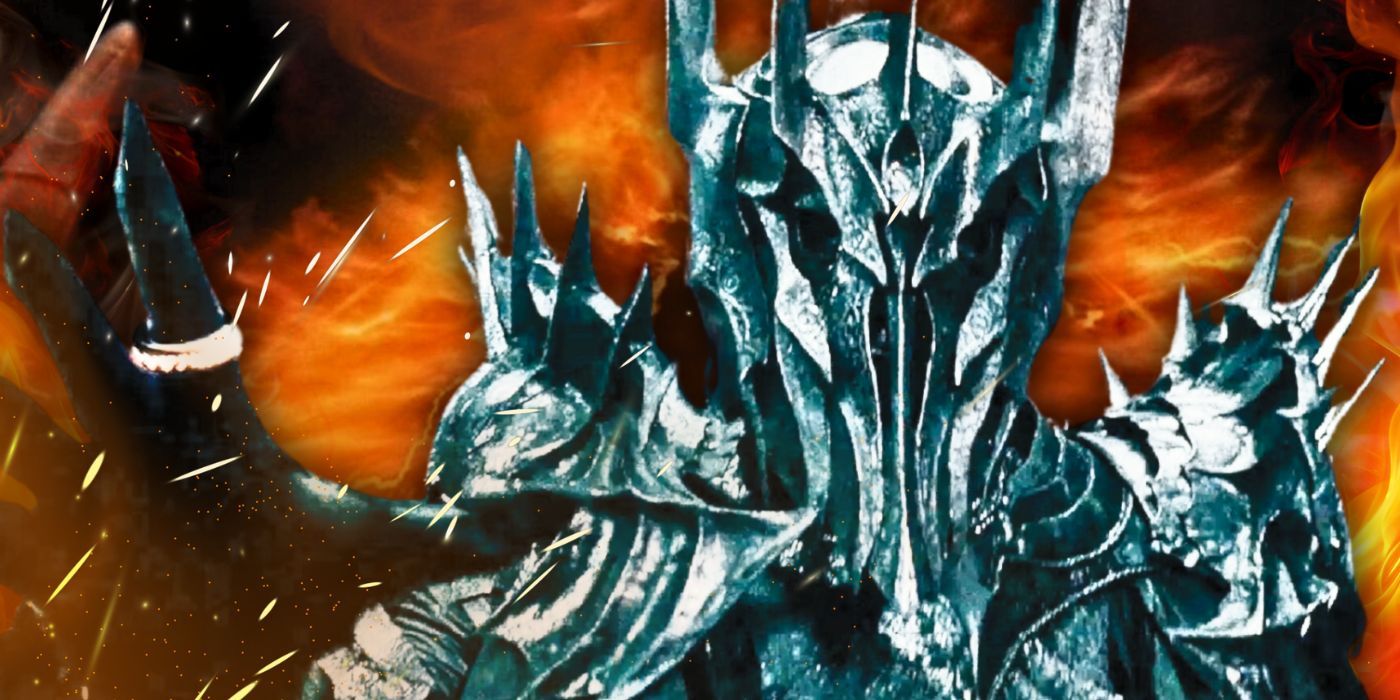
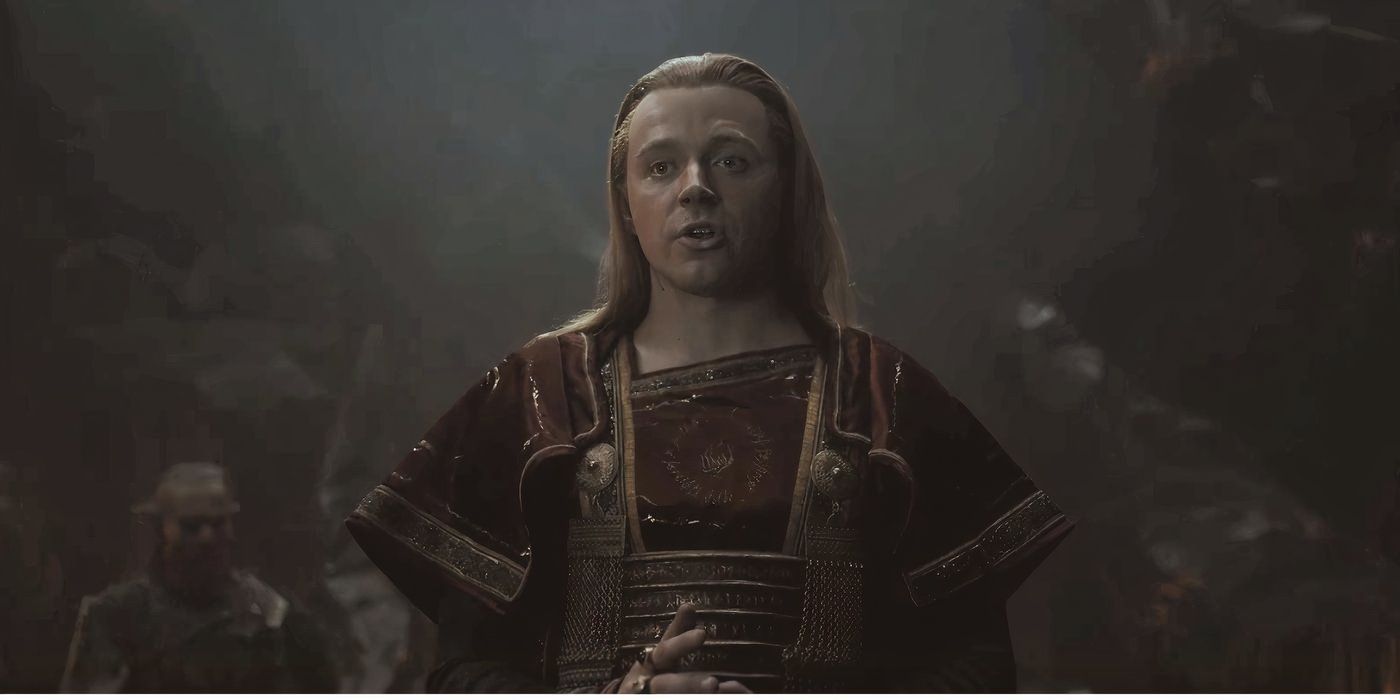
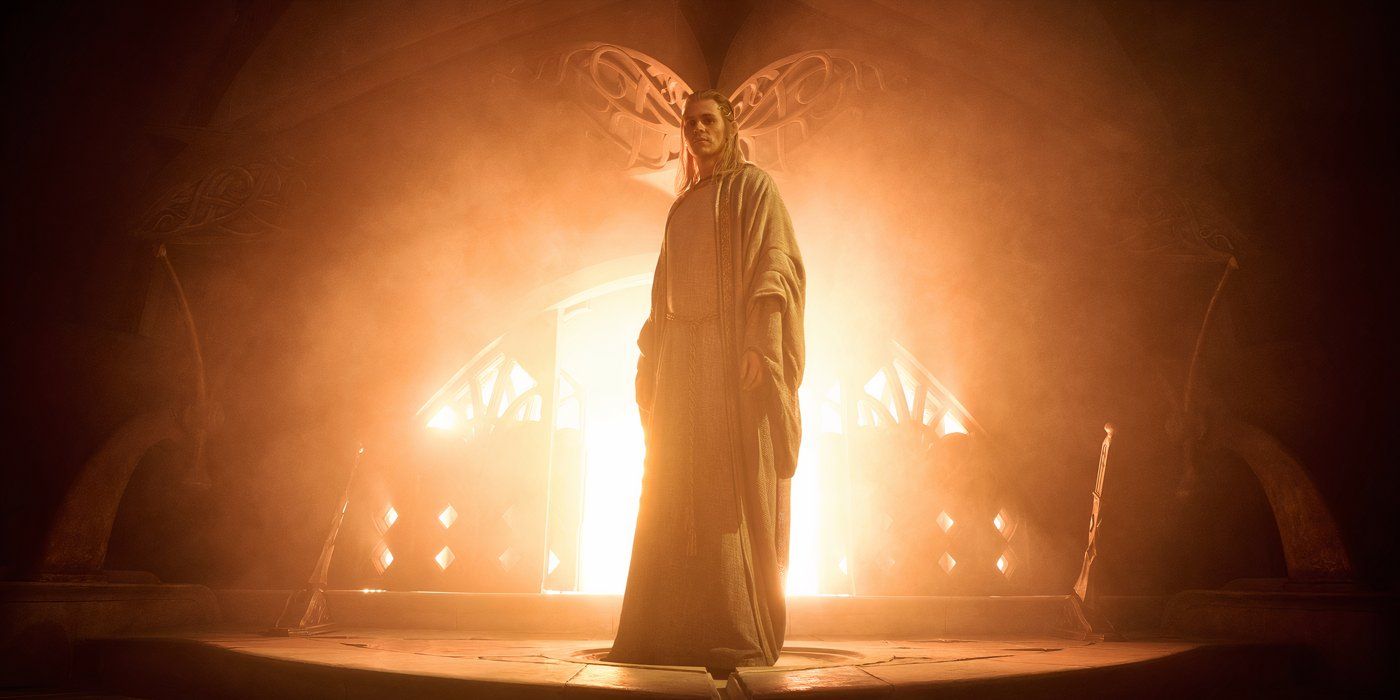







Though best known for his work in the field of warmongering, Sauron began as one of the Maiar – primordial, angel-adjacent, immortal spirits created as servants to the God of Tolkien’s world, Eru Ilúvatar. Sauron would be corrupted by Melkor (later known as Morgoth), who was a higher-ranking spirit turned evil through greed, jealousy, and anger. All Maiar possess the ability to assume whatever physical form they desire, and many utilized this gift to mingle unseen among Elves and other Children of Ilúvatar. Sauron had other ideas, and exploited his shape-shifting to create a one-man Halloween party of guises.
During J.R.R. Tolkien’s First Age, Sauron would change shape as a means of inspiring fear within his enemies. As the Second Age began, he perhaps realized the opposite would prove more effective, and returned to Middle-earth as “Annatar.” Described by Tolkien as a “fair form,” the author never offers a clear account of Annatar’s handsome visage, but taking into consideration the kingdoms who accepted him as a valued friend, many have logically assumed Sauron’s Annatar form was akin to an Elf or Númenórean.
The “Annatar” name was part of Sauron’s deception too. The word means “Lord of Gifts” in the Quenya language of Elves – an allusion to how he promised knowledge, glory, wealth and power to all those who heeded his great wisdom.
How Annatar Deceived Middle-earth’s Elves
Annatar Took Advantage Of The Elves Desires
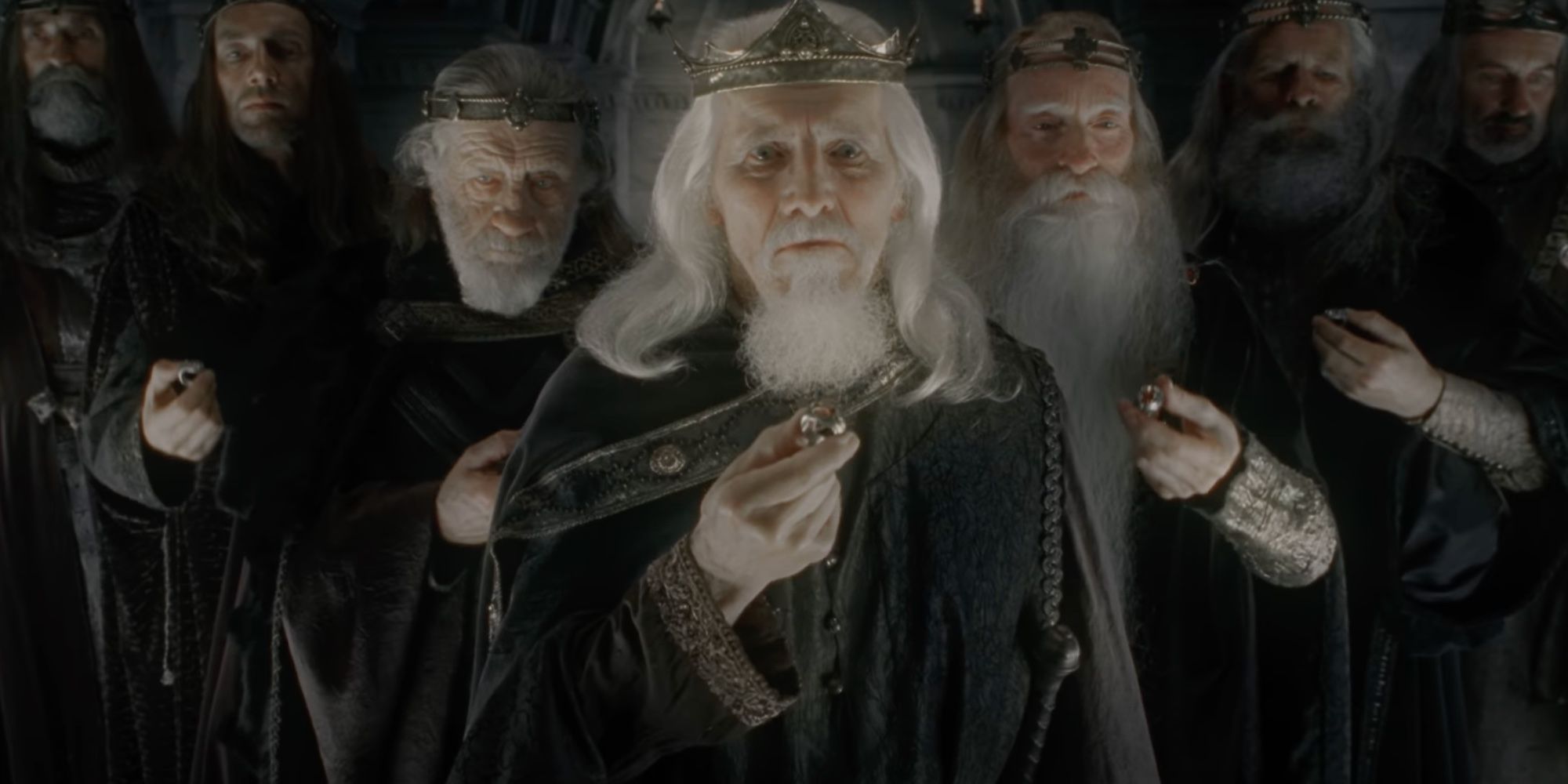
Sauron’s first order of business as “Annatar” was deceiving the Elves, and duly made for Eregion, where the race’s best smiths welcomed him. It’s important to note that not all Elves trusted Annatar. The likes of Elrond, Gil-galad and Galadriel all deduced the newcomer’s promises were too good to be true, and Annatar wouldn’t venture near Lindon or Lothlórien as a result. Furthermore, none of the Elves – not even the suspicious ones – realized the deceitful Annatar was actually Sauron in disguise.
Sauron’s purpose in Eregion was creating the Rings of Power. As a Maia, Sauron had served under Aulë, widely considered the god of blacksmiths and worshiped by Dwarves. Consequently, Sauron knew as much about craftsmanship as he did dark magic, and he put both to work while in Eregion. The Elves were keen to craft Rings of Power, and Sauron willingly offered his divine expertise on the matter. As recounted in The Fellowship of the Ring, Sauron betrayed his new friends by weaving a method of corrupting those who wore the Rings into their forging.
As recounted in The Fellowship of the Ring, Sauron betrayed his new friends by weaving a method of corrupting those who wore the Rings into their forging.
The sixteen Rings of Power later held by Dwarves and Men were directly influenced by Annatar. The Elves’ three Rings were crafted by Celebrimbor personally, but still using Sauron’s sinister method. Annatar then skulked back to Mordor and made his Ruling Ring, and only when Galadriel, Gil-galad and Círdan slipped on their three Rings did the Elves finally realize how badly they’d messed up.
Did Sauron Use His Annatar Form On Númenor?
Sauron Might Have Taken A Different Form

Over a thousand years after attempting to enslave Middle-earth using the Rings of Power and failing, Sauron once again stood on the brink of defeat when an army of Númenóreans led by Ar-Pharazôn sailed to Middle-earth, greatly aggrieved that the Dark Lord had declared himself the land’s undisputed ruler. Sensing imminent defeat, Sauron humbled himself before the tyrannical King of Númenor and was taken prisoner.
There’s a cloud of ambiguity over which physical form Sauron adopted during his time on the island kingdom. Tolkien’s writing heavily suggests the villain once again transformed into a “fair” shape, but never explicitly states whether Sauron recycled Annatar or picked something more befitting for his mortal hosts, and convincing arguments can be made both ways. Whatever he might’ve looked like, Sauron didn’t stick with the “Annatar” moniker, since the people of Númenor already knew his true identity.
Sauron rose from a prisoner to Ar-Pharazôn’s most valued advisor, ultimately convincing the King to embark on a foolhardy assault on Valinor.
As he did with the Elves, Sauron charmed and manipulated those around him in Númenor. Instead of promising gifts and lore, however, he stoked the Númenóreans’ existing anger toward the Valar, pushing them toward worshiping Morgoth instead. Sauron rose from a prisoner to Ar-Pharazôn’s most valued advisor, ultimately convincing the King to embark on a foolhardy assault on Valinor.
Why Annatar Isn’t In The Lord Of The Rings
Numenor’s Downfall Ended Sauron’s Ability To Change Shape
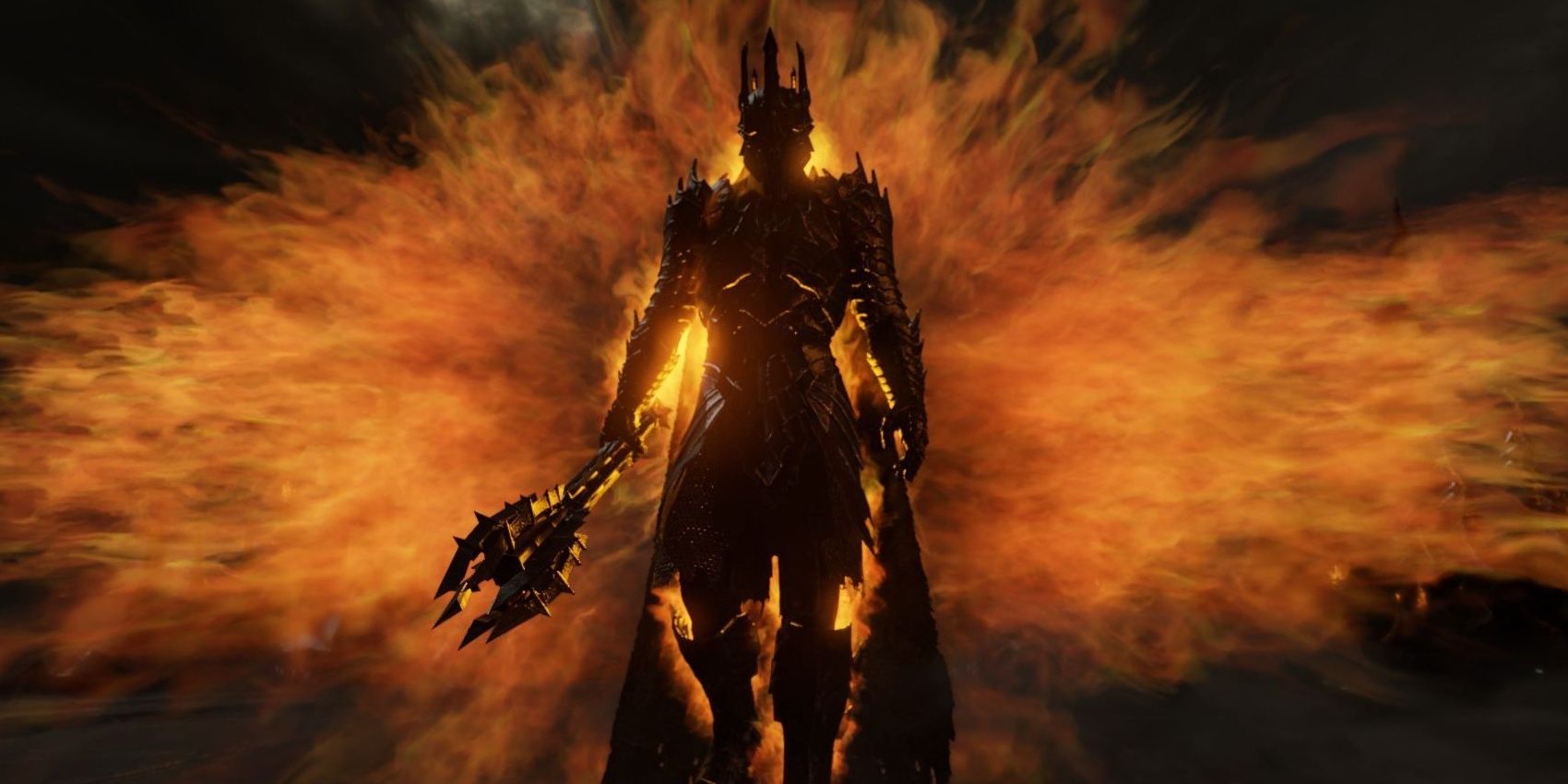
The Lord of the Rings fans hearing Annatar’s exploits for the first time may find themselves wondering why Sauron didn’t slip on this disguise to infiltrate the Shire or trick Frodo into handing over the One Ring. The answer is simple enough: Sauron lost his ability to shape-shift after the Second Age. The incident on Númenor invoked Eru Ilúvatar’s godly wrath, and Arda’s usually-distanced deity intervened directly by wiping the island from his map and reshaping the realm to push Valinor out of reach. As part of Sauron’s personal punishment, Eru stole away the Maia’s ability to take a fair form.
After the fall of Númenor, therefore, Sauron can only take his dark and terrible form – the one Peter Jackson depicts as a towering foe clad in black armor. This shape’s true design will remain forever ambiguous, but Tolkien does twice make reference to black hands.
How The Rings Of Power Season 2 Adapts Annatar
Prime Video Put A Twist On Annatar’s Deception
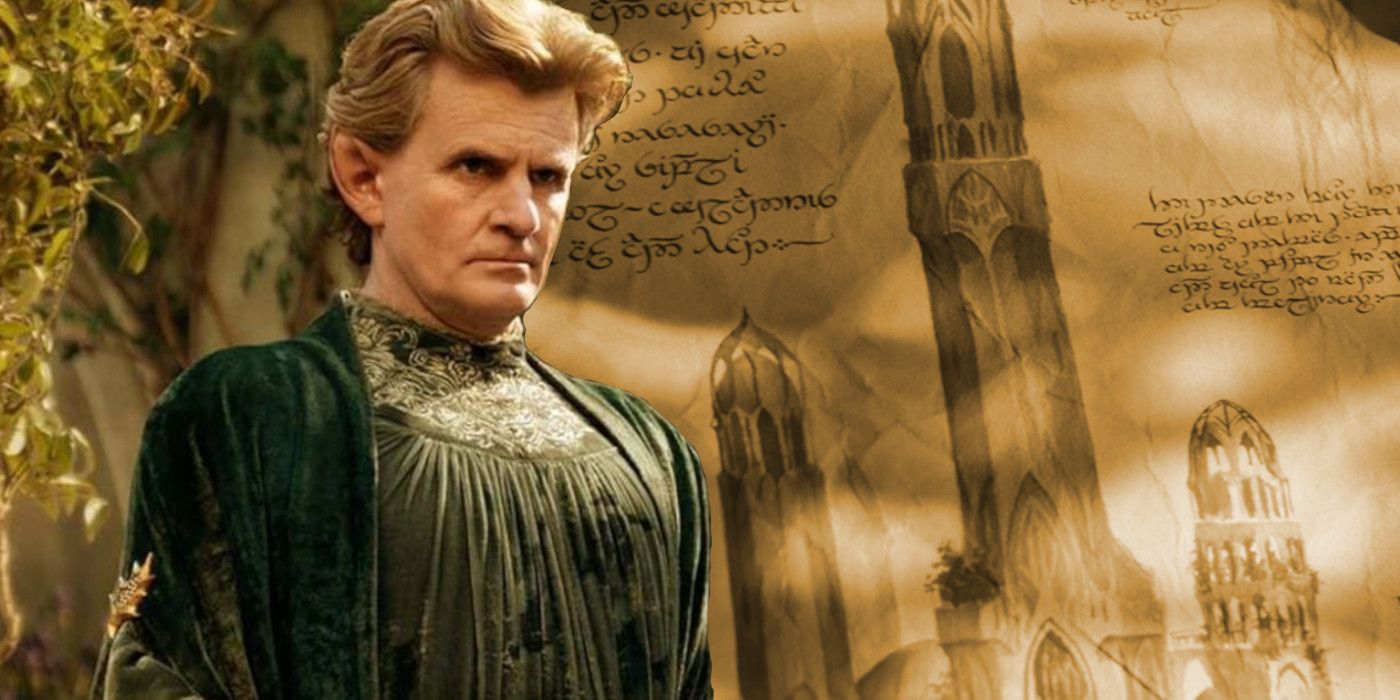
J.R.R. Tolkien doesn’t write about Annatar’s deception in great detail. The specifics of how Sauron gained the Elves’ trust and how he convinced them to honor his evil designs are deliberately left to the reader’s imagination. Most imagined Annatar showing up in Eregion, and Celebrimbor just willingly trusted him, but Rings of Power season 2 put a bit of a twist on this. Since Celebrimbor already met Halbrand, and Annatar looks basically the same, it was confusing how the elf could possibly have been fooled. However, the answer played to Sauron’s own notorious ability for manipulation.
Celebrimbor already knew that he wasn’t supposed to treat with Halband in Rings of Power season 2, but he never got the news that the man was really Sauron. The Dark Lord took advantage of this and demonstrated his shapeshifting ability by transforming from Halbrand into Annatar right before Celebrimbor. He misled the elf into believing that he was an envoy sent by the Valar—an honor that made Celebrimbor feel oh so special. This was spectacularly clever since, as a Maia, Sauron was only half lying.
This was spectacularly clever since, as a Maia, Sauron was only half lying.
The Prime Video series found plenty of room to color between Tolkien’s lines, exploring precisely what Annatar looked like and how he was able to cajole Eregion’s Elves into such a massive act of self-destruction. Rings of Power season 2 has managed to cleverly tie Annatar in, justify Celebrimbor’s foolishness, and surprise even the most knowledgable Tolkien enthusiasts—not an easy feat.


